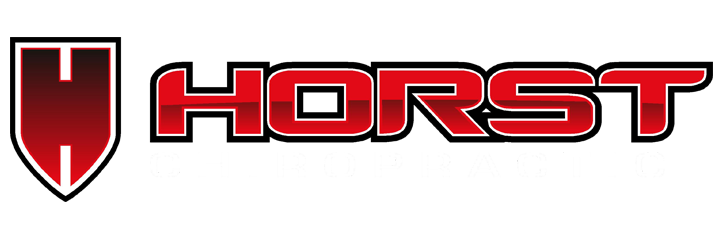Chiropractic Adjustments to Treat Scoliosis
Scoliosis is a condition in which the spine is laterally (side to side) curved. When a normal spine is viewed from the back, it appears straight. With scoliosis, the spine will appear curved. It is even more pronounced from a side view, where the shoulders will appear rounded, and there will be significant swayback (inward curvature of the lower spine).
Causes of Scoliosis
Congenital scoliosis is the result of a deformity from birth. Neuromuscular scoliosis is a result of abnormal nerves or muscles. It is usually seen in patients with spina bifida or cerebral palsy. Degenerative scoliosis is the result of a traumatic injury or illness.
However, the most common is idiopathic scoliosis, which has no known origin. It is most often seen in preteen children, and is more prevalent in girls than in boys. It is estimated that from 2 to 3 percent of American children will have some form of scoliosis by age 16. Idiopathic scoliosis rarely will continue into adulthood, once the growth spurt has stopped. It is most often detected through screening programs at public schools.
Standard Treatment for Scoliosis
Standard treatment is usually a brace or spinal fusion surgery. The brace is used most often with adolescents with anywhere from 25 to 40 degrees of spinal curvature and who have at least two years of bone growth remaining. The spinal fusion is more commonly recommended for adults with curvatures greater than 50 degrees, as a means to stop the curve from progressing.
Can Chiropractic Care Treat Scoliosis?
Unfortunately, there has not been a significant amount of large-scale studies on the effectiveness of chiropractic adjustments for stopping or reversing spinal curvature in scoliosis. One Italian meta-analysis study, published in the journal Scoliosis, conducted a literature search on the effectiveness of manual therapy for scoliosis. Out of a possible 145 articles on the topic, only three were relevant to the study. None of the three articles met the criteria because they included a combination of manual therapies and other therapeutic approaches besides chiropractic care to treat scoliosis. As a result, it was impossible to discern if any improvement could be attributed to chiropractic adjustments rather than another suggested treatment.
A more recent study from the September 2011 issue of the Journal of Chiropractic Medicine followed the cases of 28 patients with scoliosis who received chiropractic treatment. At the end of treatment, as well as 24 months later, patients reported improvement in pain, disability, and spinal angle. This study is somewhat limited, however, because patients underwent several different therapies, so it was difficult to discern if improvement could be related specifically to chiropractic.
Although research findings are inconclusive, the American Chiropractic Association does recommend a combination of chiropractic care and exercise to treat back pain that may accompany scoliosis. While chiropractic treatment may not stop or reverse the spinal curvature, it can be a very important part of a comprehensive treatment plan to keep patients free from pain. Dr. Nathen Horst recommends a chiropractic treatment plan in close collaboration with neurologists and orthopedists in cases of either adult or pediatric scoliosis, in order to treat associated back pain symptoms.
Contact Dr. Nathen Horst to schedule a consultation.


